Homeownership Program First-Time Homebuyer Assistance Programs
West Virginia Homeownership Program: Your Roadmap to Low-Down-Payment Home Buying
Homeownership Program loans are West Virginia’s secret passage from renting to owning. If you dream of swapping rent receipts for mortgage equity but worry your savings won’t stretch, this guide unpacks everything you need to know—benefits, requirements, and insider strategies—all built around West Virginia Housing Development Fund’s flagship low-down-payment initiative.
Why This Program Matters Right Now
Mortgage rates wobble like mountain roads, yet West Virginians keep buying. In 2022, Census data placed the state homeownership rate near 72%, roughly 9 points above the national average. Still, younger buyers struggle: the median renter household brought home 35% less income than homeowners. A small down payment option, therefore, isn’t a luxury; it’s the bridge that lets aspiring buyers cross a financial gorge.
What Exactly Is the Homeownership Program?
The Homeownership Program is a state-sponsored loan package offering:
- Low down payments—as little as 3% may unlock the front door.
- Competitive fixed rates—shielding borrowers from future surprises.
- 30-year terms—keeping monthly payments comfortably sized.
Unlike national products that treat every borrower the same, this West Virginia housing program factors in regional wages and property values. Think of it as a tailored suit, not one-size-fits-all. Behind the scenes, the West Virginia Housing Development Fund (WVHDF) buys the loan from your lender, letting community banks help neighbors without shouldering long-term risk.
Who Qualifies for the Homeownership Program?
Eligibility revolves around three pillars—first-time status, income caps, and credit readiness. Here’s the snapshot:
- First-time buyer status. No ownership interest in a primary residence during the past three years (veterans are exempt).
- Income limits. County-specific ceilings that typically hover between $82,800 and $108,000, accommodating larger households.
- Credit baseline. A 620 FICO score opens the gate, but 640+ may secure better pricing.
- Purchase price caps. For 2023, the statewide ceiling reaches $360,000—roomy enough for most mountain cabins and suburban colonials alike.
Pro tip: A moderate credit score needn’t be a deal-breaker. Pair a thin file with strong on-time rent and utility payments and brokers often obtain an automated approval.
A Quick Success Story
Jamie and Chris, paramedics from Nicholas County, once believed a 20% down payment was mandatory. A lender introduced them to the Homeownership Program; they combined a 3% down loan with seller-paid closing costs. Within 45 days they bought a three-bed ranch in Summersville, spending $600 less each month than their two-bed rental. Their secret? Preparing documents early and attending a Saturday homeownership class.
How Do You Apply for the Homeownership Program?
Despite sounding bureaucratic, the application feels similar to any conventional mortgage. Follow these steps:
- Pick a WVHDF-approved lender. Over 60 participating banks, credit unions, and mortgage companies span the state.
- Get pre-qualified. Provide two years of W-2s, 30 days of pay stubs, and recent bank statements.
- Attend HUD-approved counseling. A three-hour online module usually suffices and can even slash insurance costs.
- Find a home. The property must be your primary residence and pass a standard appraisal.
- Lock your rate and close. The lender submits your file to WVHDF. Once cleared, sign closing documents, collect keys, and exhale.
Seven Reasons the Homeownership Program Beats Conventional Loans
- Smaller savings hurdle. Keep cash for repairs or college funds.
- No hidden adjustable rate. Peace of mind for 30 years.
- Lenient debt-to-income ratios. Up to 45% in many cases.
- Optional down payment assistance. Pair with WVHDF’s $10,000 Closing Cost Grant when available.
- Reduced mortgage insurance premiums. Lower add-ons compared with many national programs.
- Local servicing. Questions get answered in Charleston, not a distant call center.
- Community reinvestment. Interest revenue funds additional state housing initiatives, multiplying your impact.
Crunching the Numbers: A Sample Payment
Picture a $200,000 Morgantown townhouse. With a 3% down payment ($6,000) and a 6.25% rate:
- Principal & interest: about $1,199/month*
- Mortgage insurance: roughly $70
- Taxes & insurance: around $220 (county specific)
- Total: ≈ $1,489/month
*Estimated via standard amortization; actual terms vary.
Beyond the Mortgage: Layering Extra Assistance
Many buyers weave multiple resources. Pair the primary Homeownership Program with:
- USDA Rural Development grants for home repairs.
- City-wide forgivable second mortgages in Huntington and Beckley.
- Employer-sponsored forgivable loans at major hospitals.
This strategy can slice your true out-of-pocket cost to nearly zero. A 2023 WVHDF report showed 41% of program borrowers layered at least one secondary subsidy.
Overcoming Common Roadblocks
Credit hiccups? Ask your lender to run a “rapid rescore.” Disputing outdated medical collections can lift a score by 20 points within days. Low appraisal? The program permits renegotiation, saving your purchase without restarting the file. And if you worry about student loans, know that WVHDF often uses the actual income-based repayment, not the dreaded 1% rule conventional lenders favor.
State-Specific Perks Few Buyers Notice
Unlike many first-time homebuyer programs, West Virginia’s plan extends to repeat owners who purchase in federally targeted counties such as McDowell and Roane. That subtle clause has rescued downsizing seniors who lost equity during market dips yet still crave a stable payment.
Environmental Edge: Energy-Efficient Add-On
Buyers choosing qualifying Energy Star appliances or a heat pump may fold up to $3,500 of upgrades into their principal. Lower utility bills mean easier qualification under debt ratios—and a cooler porch swing on July afternoons.
Frequently Asked Questions
Is there a penalty for early payoff?
No. Borrowers can refinance or pay off early without prepayment fees.
Can I use gift funds for the down payment?
Yes, 100% of the required down payment may come from documented gifts.
Do condo units qualify?
Most warrantable condos do. Your lender submits HOA documents for WVHDF review.
What if my income exceeds limits?
Consider WVHDF’s Movin’ Up product, designed for mid-to-high earners.
How long does closing take?
A typical timeline is 30–45 days, but pre-gathered documents can shorten it.
Ready to Plant Roots in the Mountain State?
The Homeownership Program transforms “someday” into “move-in day.” Whether your dream home overlooks the New River Gorge or sits on a Charleston cul-de-sac, a low down payment can make it yours sooner. Reach out to an approved West Virginia lender today, gather your financial snapshots, and let the WVHDF team steer you around potholes on the road to ownership.
Take the first step: download our free readiness checklist and match with a participating lender within 24 hours.
Explore More Blog Posts
Checkout more similar posts those will help you to choose better property.
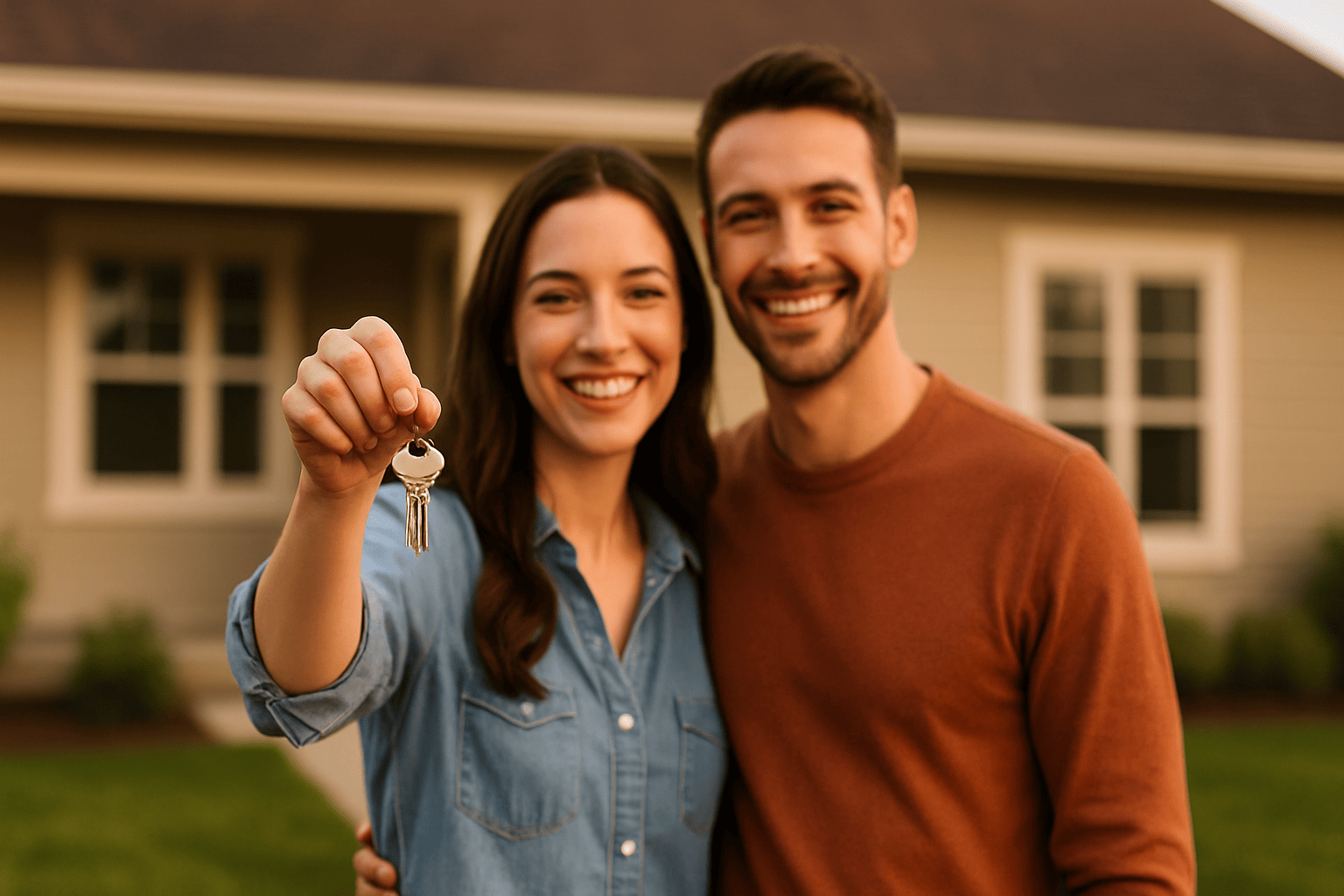
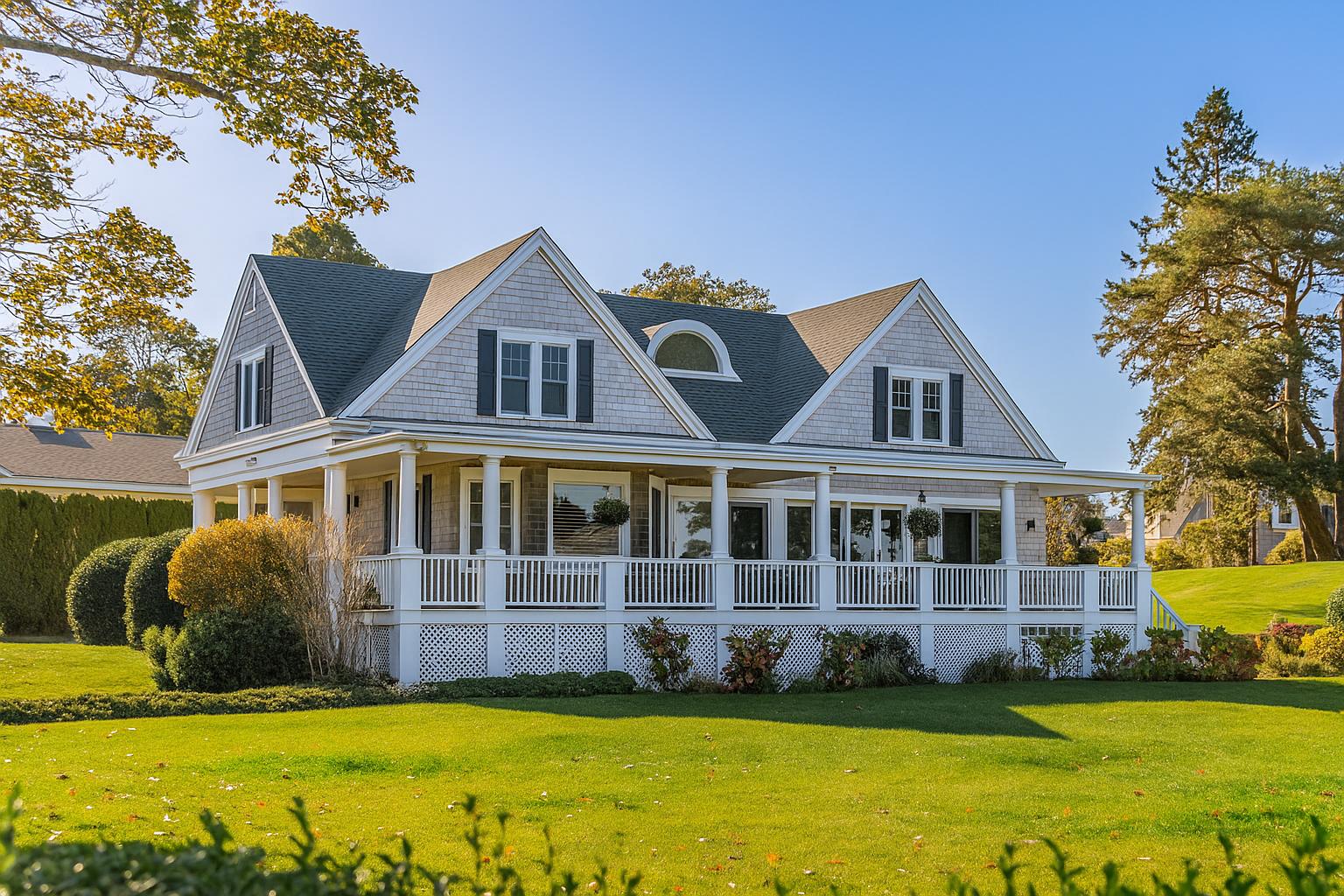
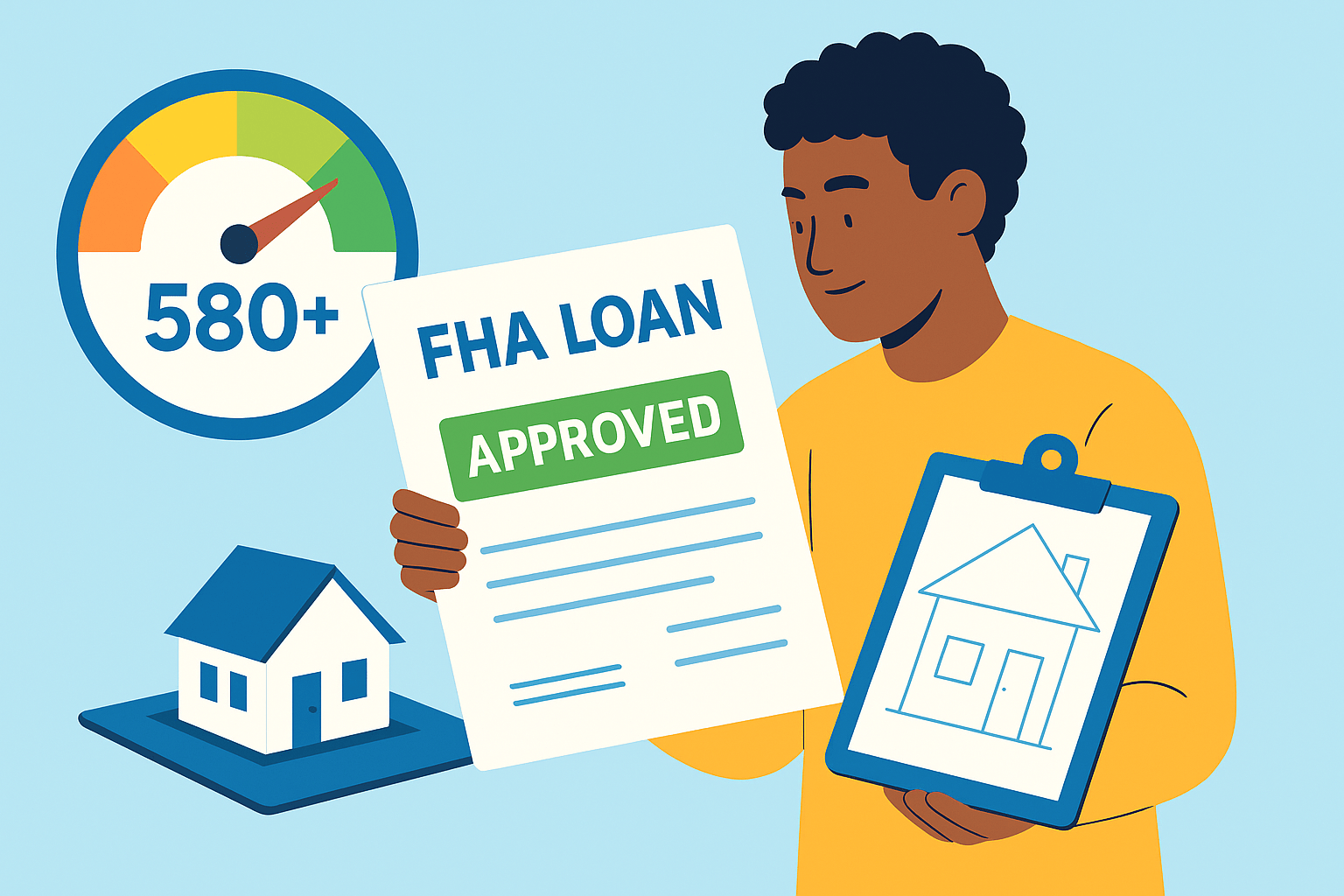
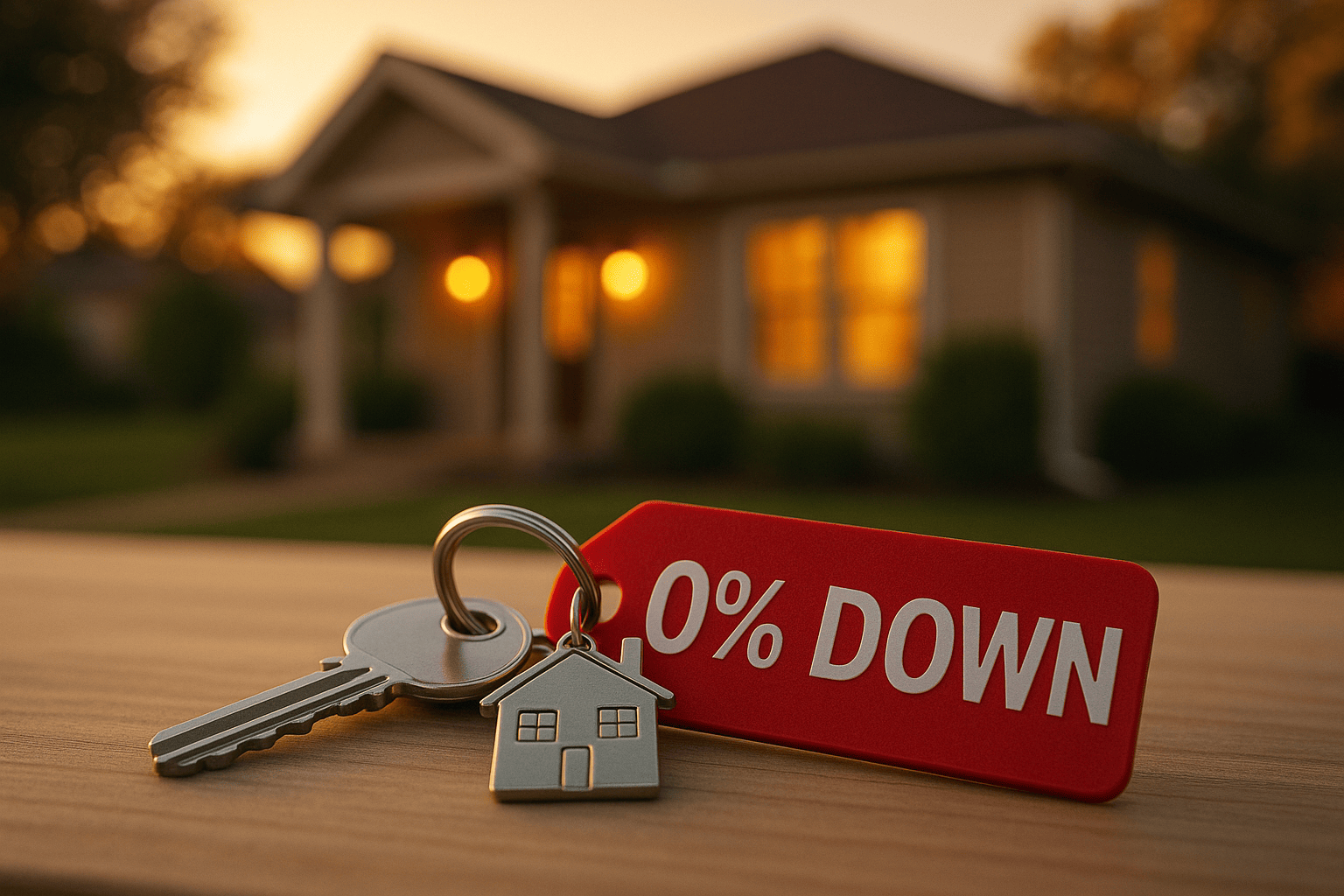

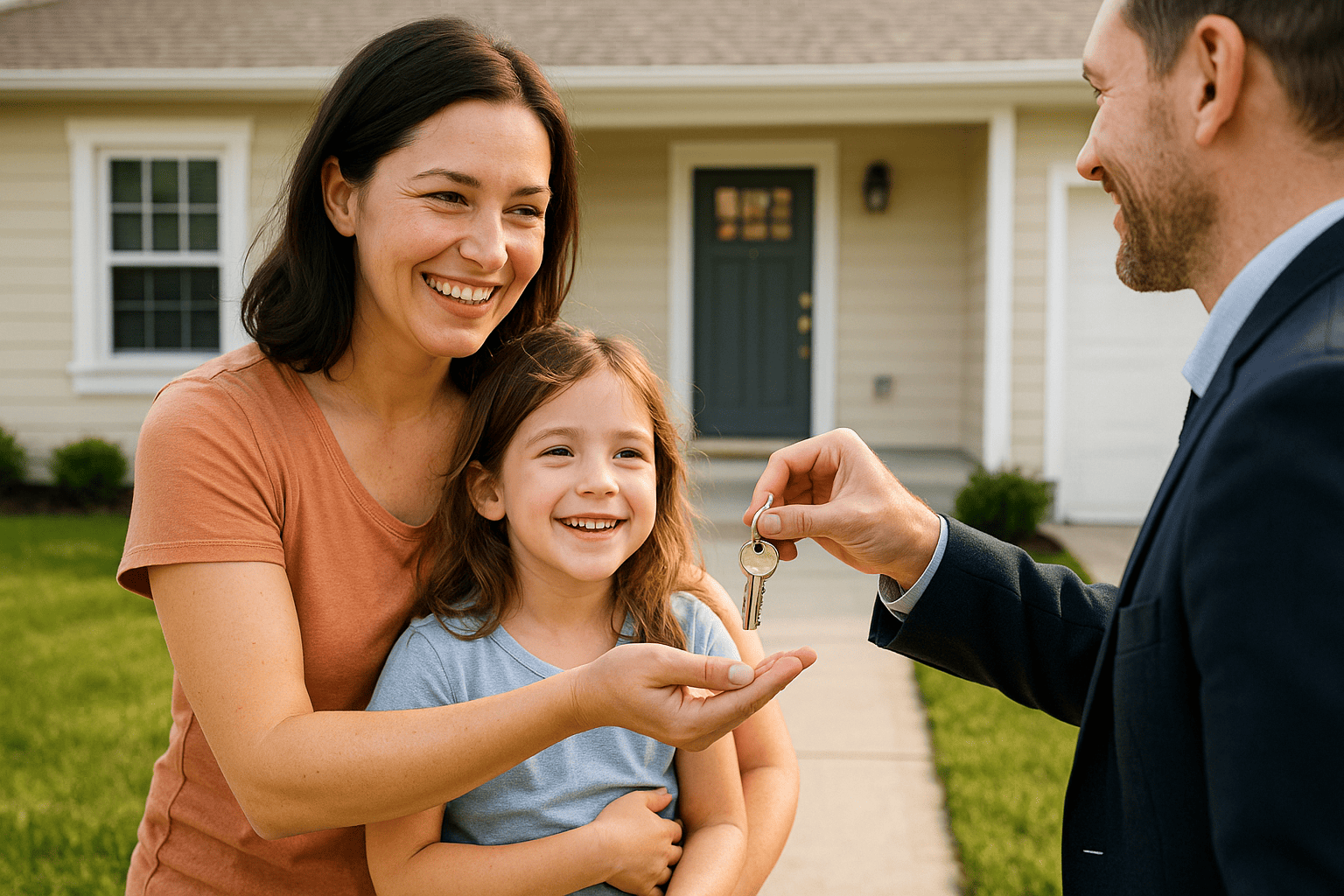


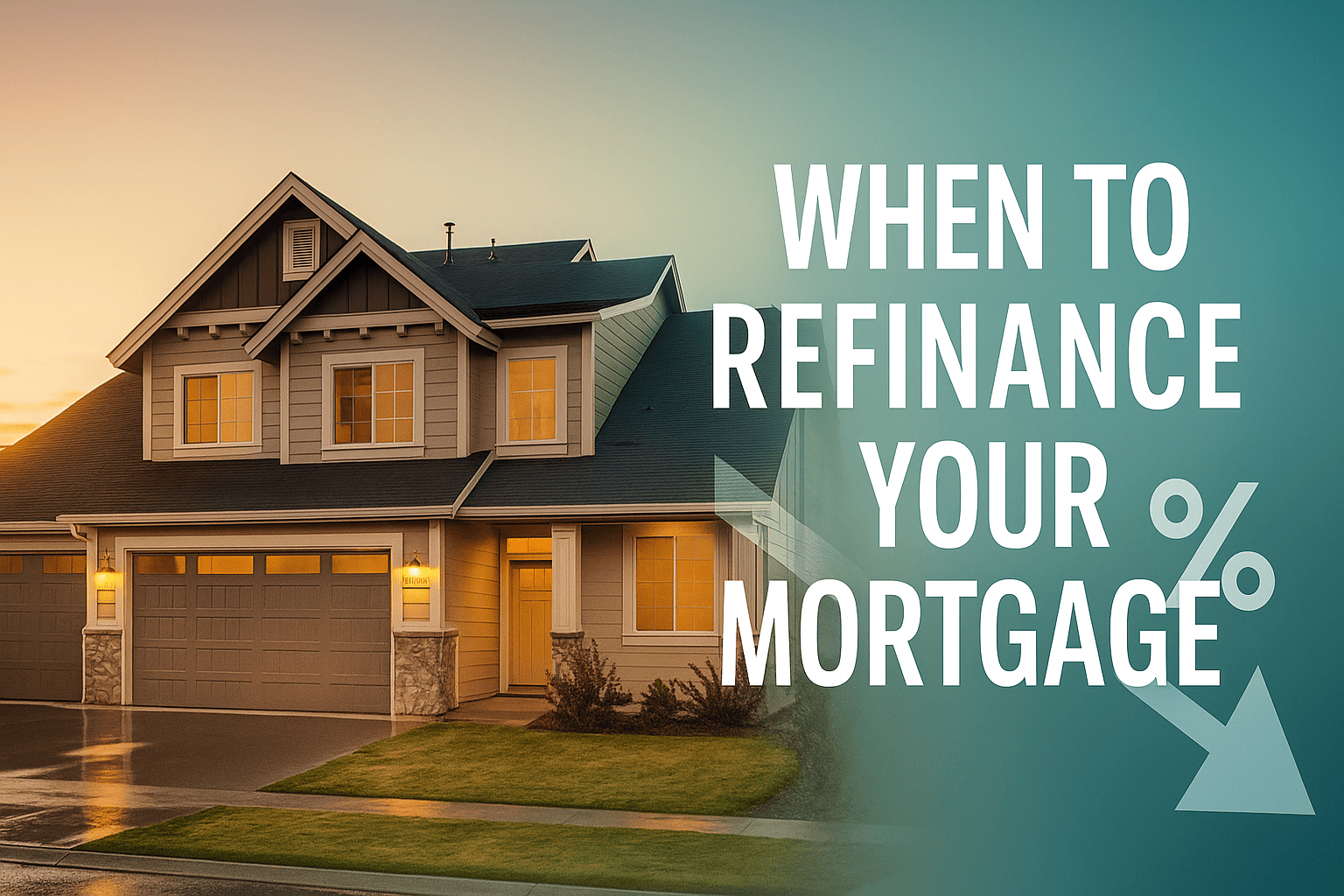
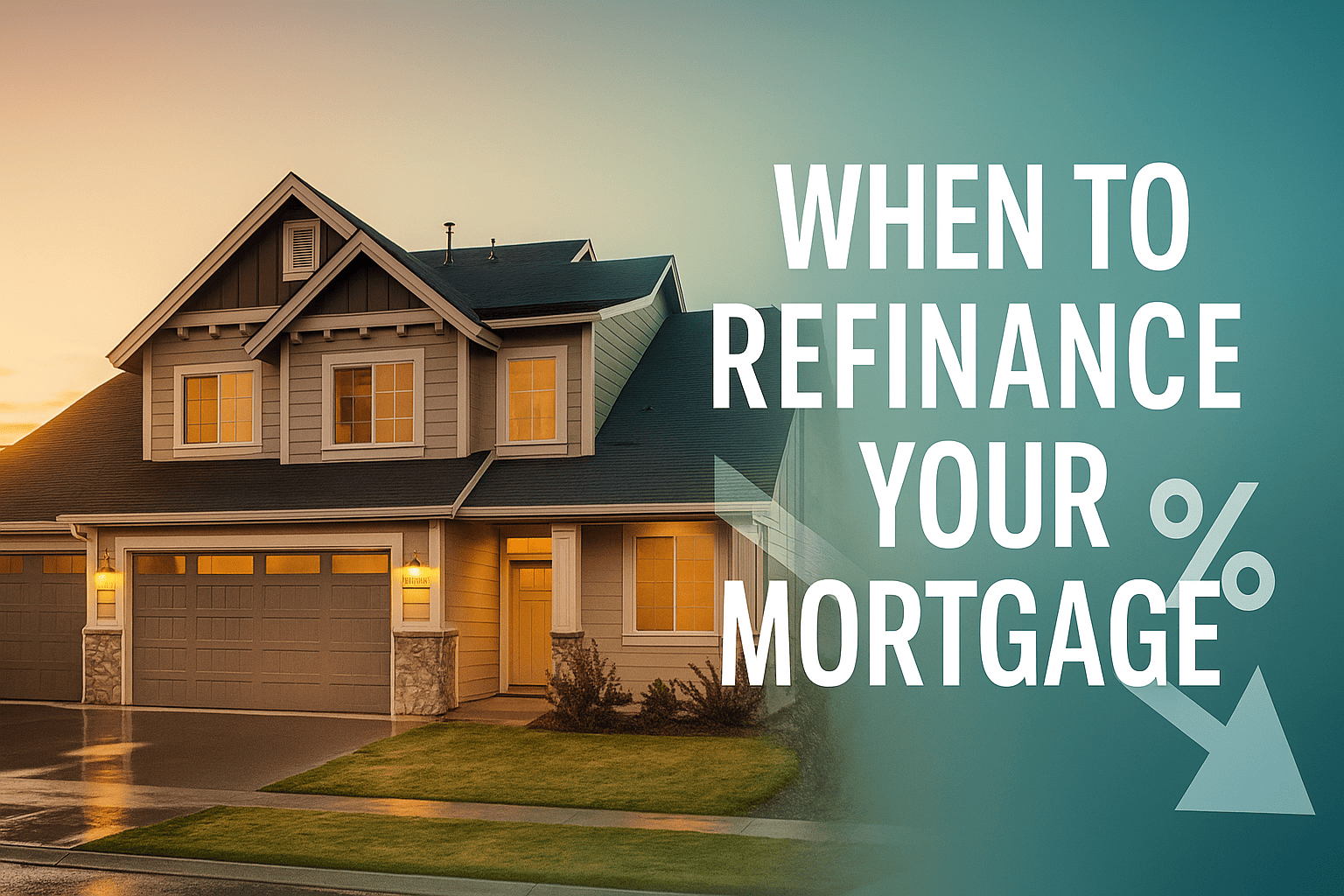


 Profile
Profile Password
Password Saved Properties
Saved Properties Sign Out
Sign Out
 +0.01
+0.01
 -0.15
-0.15

